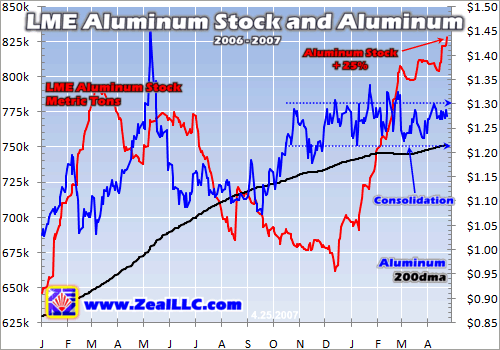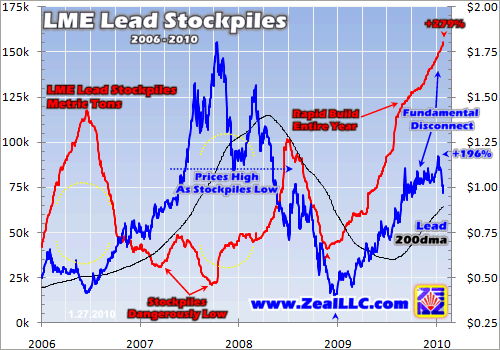Are Base Metals Reliable Economic Indicators
Post on: 29 Июль, 2015 No Comment

Base metals—copper, nickel, zinc, tin, lead, aluminum steel—are used for manufacturing, construction, and production of various products and infrastructures. Companies rely on them for the creation of their products and the expansion of their facilities. They are also abundant in nature, with many mining companies engaging in the exploration and production of base metals, like London AIM listed Amur Minerals Corporation . Base metals may not be as valuable as precious metals, but they are still invaluable raw materials in the industrial world.
Historically speaking. base metal prices foretold the troubles that are about to hit the economy. They are also great precursors for signaling economic growth, which is why many traders use them as economic indicators. The thing with base metals is that they are largely controlled by consumer demand. Take China for example, with its insatiable appetite for base metals in order to improve its infrastructures.
In the past few years, Chinas demands had been met with tons of base metals being imported into its ports. But when Chinas growth seemed to slow down during the latter part of 2014, base metal demand also fell, hence resulting into the fall of metal prices. Analysts attributed the new price lows to weak Chinese economic data.
Demand alone can speak a thousand words about a countrys economy, especially during times of uncertainty. Risk appetites of both investors and producers decrease during economic slowdown. High demand in spite of tough times shows high business and consumer confidence, while low demand can lead to falling prices—a sign of fear in the market. Dwindling supplies and shortage fears help buoy the prices of base metals as stockpiling drives up more demand.
After all, base metal production and demand have a nearly perfect symmetrical relationship. Metal producers hike up production every time demand increases. Consequently, the surplus in supply caused by increased production prompts the open market to go into correction, leading to a decline in metal prices. These prices reach their highest point when supply is tight, demand is strong, and production is at or near full capacity.
Aside from their sensitivity to supply and demand, there are other factors that further cement base metals status as a leading economic indicator. One of them is currency, since a weak currency can send investors running for the safety of hard assets. Another factor is speculation, as base metal prices rise and fall on speculation by both traders and investors.
But speculation is also what makes base metals poor economic indicators, as rampant speculation can skew its effectiveness as a guide. In recent years, index speculators have bought more commodities futures contracts—including base metals—than any other market participant. This makes them the single most dominant force in the commodities futures market.
A base metal is a common and inexpensive metal, as opposed to a precious metal such as gold or silver. A long-time goal of alchemists was the transmutation of a base (low grade) metal into a precious metal. In numismatics, coins often derived their value from the precious metal content; however base metals have been also used in coins in the past and today. (Source: Wikipedia).

Unfortunately, the buying and selling these index speculators, do not rely on supply and demand fundamentals on any of the commodities. They use commodities futures as a hedge against inflation, a way to diversify their portfolios, or bet against the dollar. When speculation is not based on fundamentals, then base metals cease to become excellent economic indicators.
When using base metals as an economic indicator, it is important for investors to know first about who is driving demand. It may be the producers using metals to make more products, and this translates to real demand. It may also be the investors looking to escape inflation and weak currencies, which might mean that they are using base metals as hedge funds. It is also necessary to analyze broader economic indicators, such as stock market returns, money supply, building permits, and index of consumer expectations.
Sources:
www.thecorporatetreasurer.com/OpinionEntry/315081,dont-rely-on-base-metals-as-a-leading-indicator.aspx
www.investopedia.com/articles/economics/11/base-metals-economic-indicator.asp














